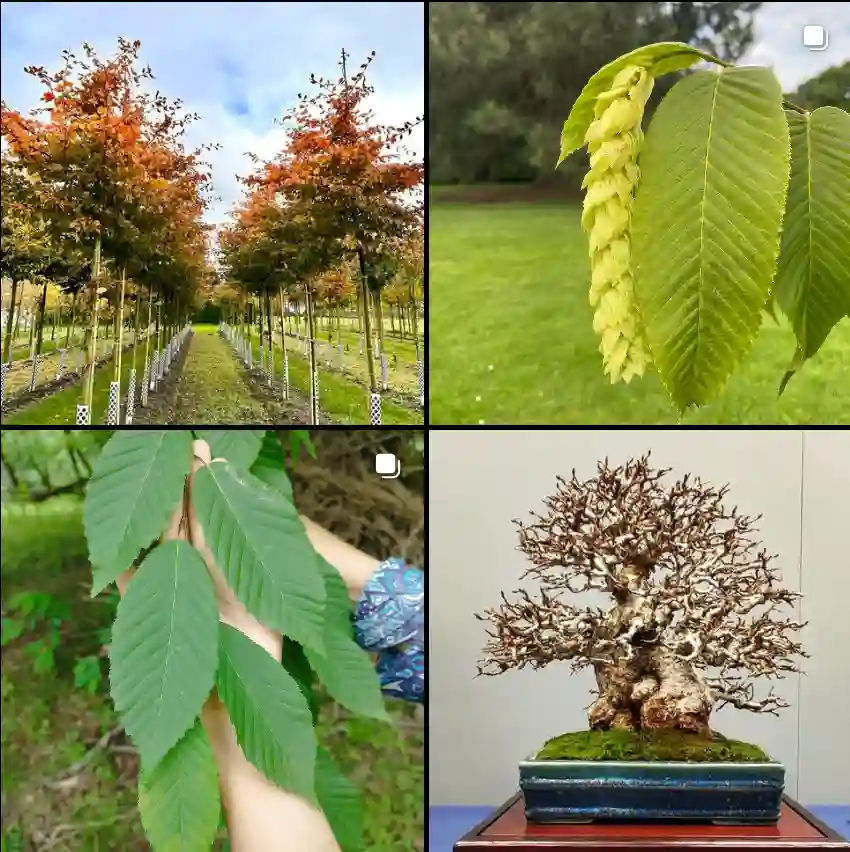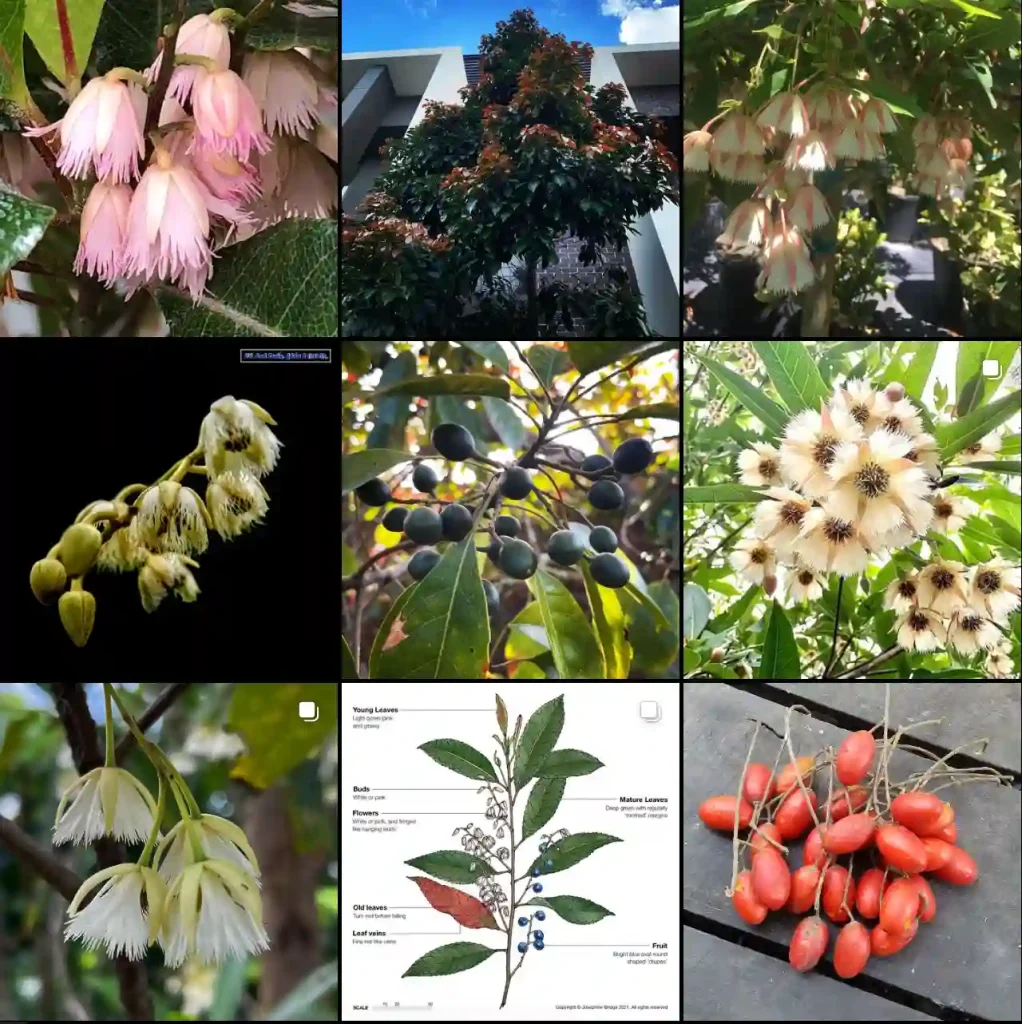The Curious Case of Hydrocotyle Umbellata: A Plant Between Worlds
Hydrocotyle umbellata, also known as manyflower marshpennywort or dollarweed, has captivated me with its adaptability. This little aquatic plant thrives in wet, sandy environments, blurring the lines between land and water. As a lover of all things that grow, I delved into the world of Hydrocotyle umbellata, and here’s what I discovered.
182 Species in Genus Hydrocotyle
Where is Hydrocotyle umbellata Native?
Imagine lush, swampy regions teeming with life. That’s the natural habitat of Hydrocotyle umbellata. It’s native to North America, particularly in the eastern and southern regions, stretching from Canada all the way down to Mexico. But its journey doesn’t end there. Parts of South America also welcome this versatile plant as a native resident.
Hydrocotyle Umbellata vs Centella Asiatica
I’ve found Hydrocotyle Umbellata to be a bit more delicate and slower to spread compared to Centella Asiatica, which thrives and covers the ground quickly with its robust growth.
Hydrocotyle Umbellata vs Hydrocotyle Bonariensis
When comparing Hydrocotyle Umbellata with Hydrocotyle Bonariensis, I noticed that Umbellata had a more rounded, compact growth habit, while Bonariensis seemed to stretch out more and cover larger areas with its sprawling nature.
Can Hydrocotyle umbellata Grow in Zone 6?
For those of us who live in areas with distinct seasons, the question of winter survival is crucial. Hydrocotyle umbellata is a surprisingly resilient plant, but it does have its limits. While it thrives in warm and humid climates, it might struggle in colder zones. Specifically, zones 6 and below experience freezing temperatures that Hydrocotyle umbellata might not tolerate.
However, there’s a glimmer of hope. If you live in Zone 6 and have a protected location, like a greenhouse or a sunny windowsill, you can still try cultivating Hydrocotyle umbellata. Just be prepared to provide extra care during the colder months.
How to Grow Hydrocotyle umbellata?
Growing Hydrocotyle umbellata is a relatively simple process, as long as you can mimic its natural environment. Here’s what you need to know:
- Light: This little plant enjoys basking in the sun, but it can also tolerate partial shade.
- Water: Remember, Hydrocotyle umbellata thrives in wet conditions. Aim for consistently moist soil or even shallow water.
- Soil: Sandy or loamy soil with good drainage is ideal.
- Propagation: Sharing Hydrocotyle umbellata is easy! Simply divide the existing plant or sow seeds in moist soil.
With proper care, you’ll be rewarded with a beautiful groundcover that adds a touch of green elegance to your pond, bog garden, or even a container filled with water.
Is Hydrocotyle umbellata Intertidal?
This is where things get interesting. Hydrocotyle umbellata demonstrates a fascinating ability to adapt to varying water levels. While it doesn’t strictly qualify as an intertidal plant (those thrive in the zone between high and low tide), it can tolerate periods of submersion and emerge unscathed when the water recedes. This characteristic makes it a valuable addition to ponds and water gardens, where water levels might fluctuate.
What to Plant with Hydrocotyle umbellata?
Hydrocotyle umbellata plays well with others! Here are some great companions for your aquatic haven:
- Water lilies: The vibrant colors of water lilies create a stunning contrast with the emerald green of Hydrocotyle umbellata.
- Cattails: These architectural plants add height and texture to your water garden, complementing the sprawling nature of Hydrocotyle umbellata.
- Mosquito fish: These tiny fish not only help control mosquito populations but also enjoy nibbling on algae, keeping your water garden clean.
By incorporating these elements, you can create a thriving underwater ecosystem that’s both beautiful and functional.
There’s more to Hydrocotyle umbellata than meets the eye. This little plant is a testament to nature’s adaptability, thriving in both wet and damp environments. So, if you’re looking for a low-maintenance and visually appealing addition to your water garden, consider giving Hydrocotyle umbellata a try. You might just be surprised by its resilience and charm.
If i die, water my plants!



